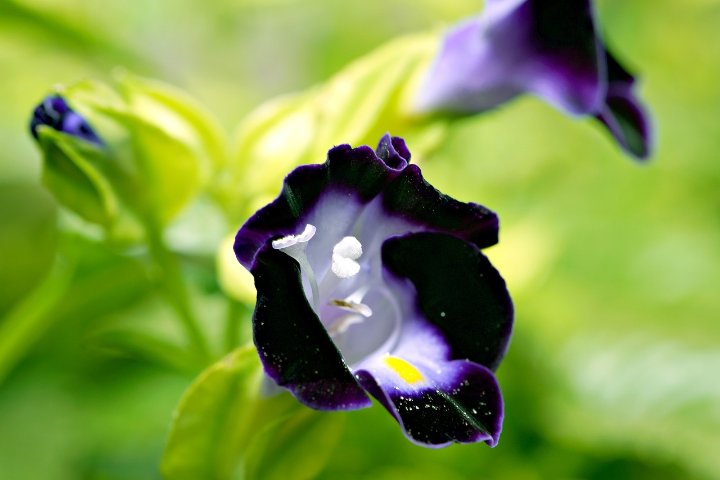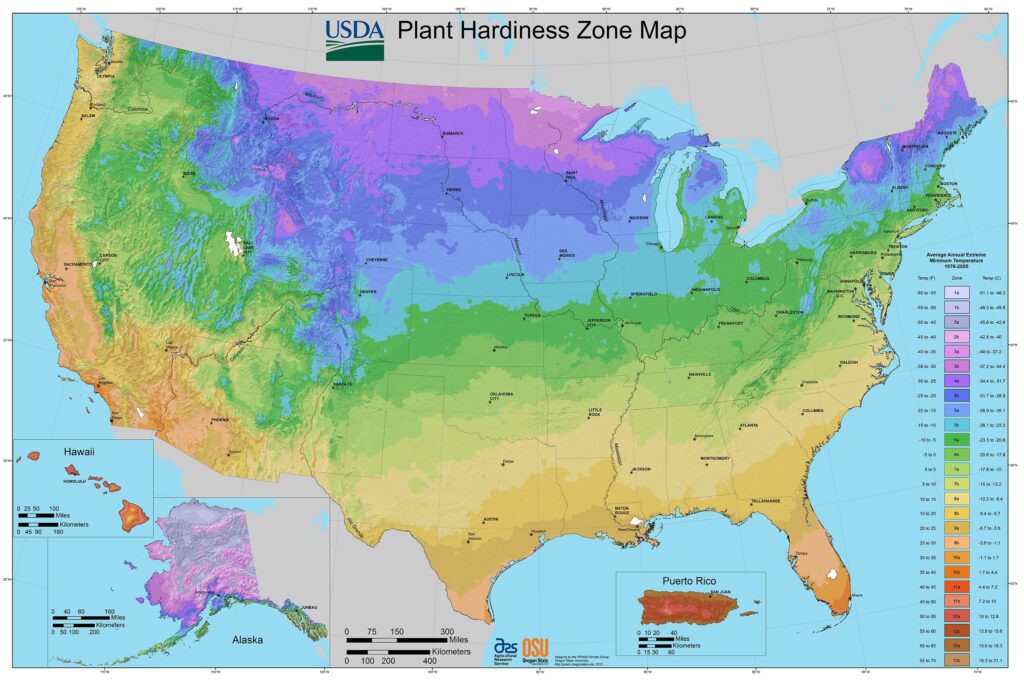Torenia, also known as Wishbone flowers, are charming annuals that add a splash of color and elegance to any garden or landscape. With their unique blooms and preference for partial shade, Torenia is a fantastic choice for gardeners looking to brighten up shaded areas with vibrant flowers. Let’s explore the essential steps to successfully grow and care for Torenia plants.
Best Torenia Varieties
| Image | Name | Rating | Shop |
|---|---|---|---|
 | Torenia Wishbone Flower |  | |
 | Blue Torenia Fournier |  |
Torenia Hardiness Zones
Torenia is a versatile plant that can thrive in a wide range of climates, making it suitable for hardiness zones 2 through 11. Whether you’re gardening in a cooler northern region or a warmer southern climate, Torenia’s adaptability ensures that you can enjoy its beauty and charm throughout the growing season.
How Much Sun Do Torenia Need
One of the unique characteristics of Torenia is its preference for partial shade. While it can tolerate some direct sunlight, especially in cooler climates, Torenia thrives when planted in areas that receive filtered sunlight or dappled shade. Consider planting Torenia in locations where it will receive morning sun and afternoon shade to provide the ideal growing conditions for these delicate flowers.
Torenia Soil Requirements
Preparing the right soil environment is essential for the health and vigor of your Torenia plants. Aim for loamy, well-drained soil that retains moisture without becoming waterlogged. Torenia performs best in soil that is rich in organic matter, so consider amending the planting area with compost or aged manure to improve soil structure and fertility. Ensure proper drainage to prevent waterlogged conditions, which can lead to root rot and other moisture-related issues.
Torenia Soil pH
Maintaining the correct soil pH is crucial for the optimal growth of Torenia. Aim for a slightly acidic to neutral soil pH ranging from 6.0 to 7.0. Conduct a soil test before planting to determine the pH of your soil and make any necessary adjustments using organic amendments or pH-adjusting products.
Torenia Plant Spacing
When planting Torenia, provide adequate spacing to allow for proper air circulation and prevent overcrowding. Space the plants approximately 6 to 12 inches apart, both within rows and between rows, to allow them room to spread and grow. Proper spacing encourages healthy growth and minimizes the risk of disease and pest infestations.
Torenia Water Requirements
Consistent watering is essential for the health and vitality of Torenia plants. Keep the soil evenly moist but not waterlogged, especially during periods of hot weather or drought. Water the plants deeply at the base to encourage strong root development, and avoid overhead watering, which can lead to foliage diseases. Mulching around the base of the plants helps retain soil moisture and suppresses weed growth, contributing to overall plant health.
Torenia Temperature Requirements
Torenia thrives in moderate temperatures ranging from 70 to 75 degrees Fahrenheit. Plant your Torenia in locations where they will receive adequate warmth and shelter from extreme heat or cold. In cooler climates, consider planting Torenia in containers or hanging baskets that can be moved indoors during frosty nights to prolong the blooming season.
Torenia Humidity Requirements
While Torenia can tolerate a range of humidity levels, it generally prefers moderate humidity and does not thrive in high heat or humidity. Plant Torenia in areas with good air circulation to prevent the buildup of moisture around the foliage, which can lead to fungal diseases such as powdery mildew. Water the plants at the base to avoid wetting the leaves, and provide adequate spacing between plants to minimize humidity-related issues.
Torenia Fertilizer Requirements
To promote healthy growth and abundant flowering, fertilize your Torenia plants regularly with a balanced, all-purpose fertilizer. Apply the fertilizer approximately every three weeks during the growing season, following the manufacturer’s recommendations for dilution and application rates. Avoid over-fertilizing, as excessive nutrients can lead to lush foliage at the expense of flowers.
Torenia Pests
Torenia plants are relatively pest-resistant, but they may occasionally attract aphids, especially during periods of rapid growth or warm weather. Monitor your plants regularly for signs of aphid infestation, such as curled leaves or sticky honeydew residue, and treat affected plants promptly with insecticidal soap or neem oil to control the pests.
Torenia Diseases
While Torenia is generally disease-resistant, it may occasionally encounter issues such as powdery mildew, especially in humid conditions or overcrowded planting areas. To prevent fungal diseases, provide adequate air circulation around the plants by spacing them properly and avoid overhead watering. If powdery mildew or other fungal diseases occur, treat affected plants with fungicidal sprays according to label instructions.
By following these guidelines and providing attentive care, you can cultivate healthy and vibrant Torenia plants that will reward you with an abundance of colorful blooms throughout the growing season. Whether planted in garden beds, containers, or hanging baskets, Torenia’s cheerful flowers will brighten up any space and bring joy to gardeners and admirers alike.















